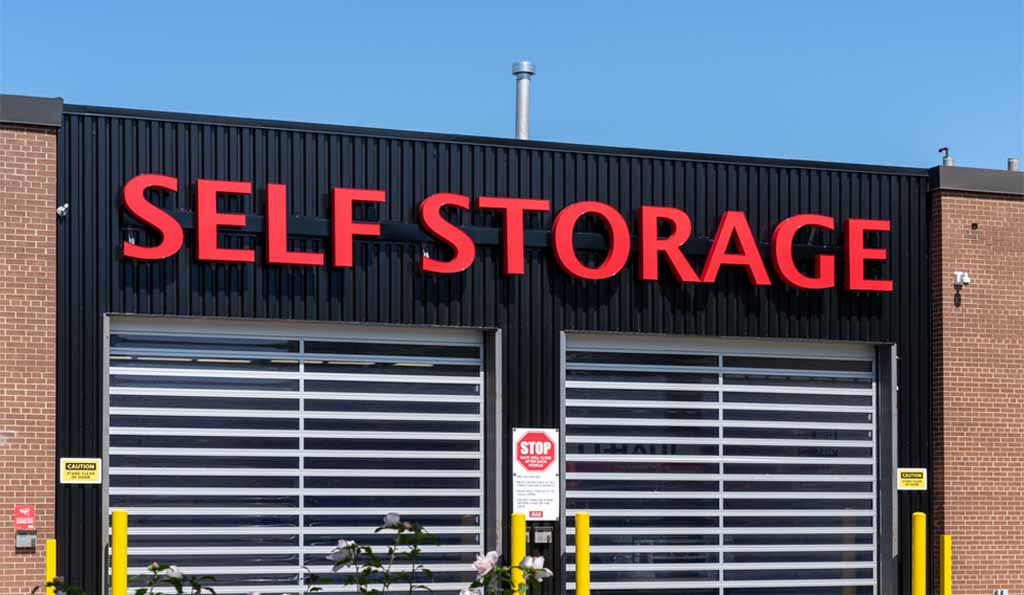Self-storage can be a fantastic solution for managing your belongings, whether you’re downsizing, relocating, or just need some extra space. But with so many options and details to consider, it’s easy to feel overwhelmed. To help you navigate the world of self-storage, we’ve compiled answers to some of the most frequently asked questions. Read on to find out everything you need to know!
What Is Self-Storage?
Self-storage is a service that allows individuals or businesses to rent out a secure space to store their items. These storage units can vary in size, and they’re typically located in facilities equipped with various security measures. You have access to your unit during specific hours or, in some cases, 24/7.
How Do I Choose the Right Size Unit?
Choosing the right size unit depends on what you plan to store. Here’s a basic guide:
-
5x5 feet: Ideal for small items, like boxes, seasonal decorations, or a few pieces of furniture.
-
10x10 feet: Suitable for the contents of a one-bedroom apartment, including larger items like sofas or dining tables.
-
10x20 feet: Perfect for a multi-bedroom home or large office, with ample room for furniture and appliances.
Many facilities offer online size guides or will help you determine the best size based on your needs.
What Should I Consider When Selecting a Facility?
When selecting a self-storage facility, consider the following:
-
Location: Choose a location that’s convenient for frequent access or close to your home or office.
-
Security: Look for facilities with features like surveillance cameras, gated access, and on-site management.
-
Climate Control: If you’re storing items sensitive to temperature and humidity, opt for a climate-controlled unit.
-
Accessibility: Check the facility’s access hours and whether you can drive up to your unit.
-
Reviews and Reputation: Read reviews and ask for recommendations to ensure the facility has a good track record.
How Much Does Self-Storage Cost?
Self-storage costs vary based on factors like location, unit size, and additional features (e.g., climate control). On average, you can expect to pay anywhere from $50 to $200 per month. It’s a good idea to compare prices and look for promotions or discounts that might be available.
Are There Any Items I Can’t Store?
Most facilities have restrictions on what you can store. Commonly prohibited items include:
-
Hazardous Materials: Items like chemicals, flammable substances, or explosives.
-
Perishable Goods: Food items that could spoil or attract pests.
-
Live Animals: Pets or any living creatures.
-
Stolen Goods: Items that are illegal or obtained unlawfully.
Always check with the facility for their specific list of prohibited items.
How Do I Prepare My Belongings for Storage?
To keep your items in good condition while in storage:
-
Clean and Dry: Clean and thoroughly dry items to prevent mold and mildew.
-
Pack Properly: Use sturdy boxes and packing materials. For furniture, cover with blankets or plastic to protect against dust.
-
Label Boxes: Clearly label your boxes to make it easier to find what you need later.
-
Disassemble Furniture: If possible, disassemble large furniture to save space.
What Are the Security Measures in Self-Storage Facilities?
Self-storage facilities often employ several security measures, such as:
-
Surveillance Cameras: Monitored 24/7 to record activity and deter theft.
-
Gated Access: Requires a code or key to enter the facility.
-
Individual Unit Alarms: Some units have alarms that trigger if tampered with.
-
On-Site Management: Staff available to address any security concerns and provide assistance.
Can I Access My Unit at Any Time?
Access hours vary by facility. Some offer 24/7 access, while others have set hours during which you can access your unit. Be sure to confirm access hours when choosing a facility, especially if you anticipate needing to visit outside of regular business hours.
What Should I Do If I Need to Move Out?
When you’re ready to move out, follow these steps:
-
Notify the Facility: Inform the facility according to their notice period, which is usually outlined in your rental agreement.
-
Remove Your Belongings: Clear out all items and clean the unit if required.
-
Inspect the Unit: Check for any damage and ensure the unit is in the same condition as when you rented it.
-
Return the Key: Hand in any keys or access cards to the facility.
